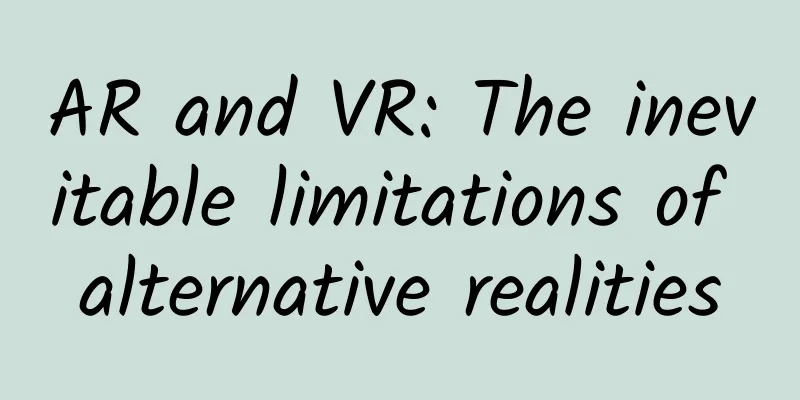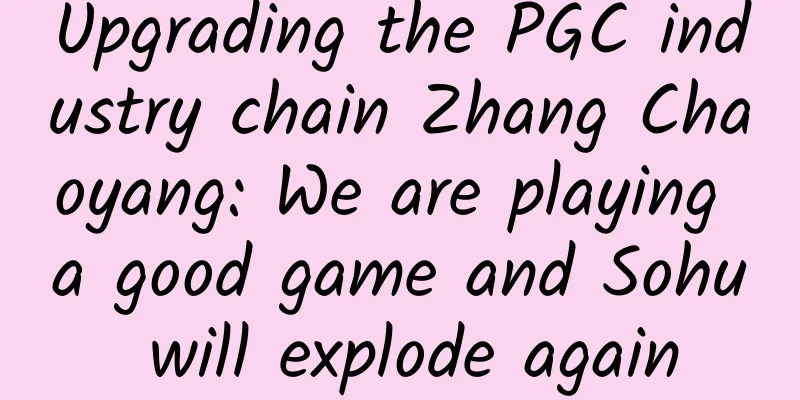AR and VR: The inevitable limitations of alternative realities

|
Despite significant advances, augmented reality (AR) and virtual reality (VR) face inherent limitations in their efforts to replicate the real world. The physical invasiveness of devices such as headsets can undermine the immersive experience, while health concerns such as VR sickness often deter potential users. A key challenge is that technology cannot capture the authenticity and individuality of human experiences, such as tasting a banana split or interacting with an environment. AR and VR strive to create an “alternative reality,” a concept similar to the “hyperreality” explored by Jean Baudrillard, but often fall short due to the subjective nature of human consciousness and lived experience. The question arises whether technology can truly replicate or replace the complex, subjective, and personal nature of reality, reminding us of the irreplaceable richness of unique human experience. In their quest to recreate our physical world, augmented reality and virtual reality find themselves embarking on a Sisyphean task—creating an alternative reality that struggles to live up to real-life experiences. These technologies aim to simulate sensory and spatial aspects of our world, but often falter, offering an inherently imperfect and unattainable iteration. Furthermore, the divide between reality and alternative is exacerbated by the physical imposition of VR and AR technologies – the necessity of a headset. Putting on a headset is a reminder of the technological intrusion, a tangible proof of invention. While designs have certainly improved over time, the requirement for such equipment inherently undermines the immersive experience these technologies aspire to provide. The weight of the head, the feel of the straps, the potential for discomfort or disorientation – all of these factors contribute to an unavoidable reality that the user is interacting with a device, rather than directly with the world. This physical barrier serves as a constant reminder of the separation between the real and the artificial, undermining the authenticity of the experience. Another persistent hurdle for VR technology is physical disorientation, which some users experience frequently. Symptoms similar to motion sickness include nausea, dizziness, and nausea. These adverse effects arise due to a perceptual conflict between what the user sees in the virtual environment and what they experience physically in the real world. The brain struggles to reconcile this sensory mismatch, resulting in discomfort. This "digital seasickness" not only ruins the immersive experience, but also deters potential users from using VR technology. Despite advances, addressing VR-induced nausea remains a significant challenge, further limiting VR's ability to seamlessly replicate reality. Let’s consider a simple but instructive example: the experience of enjoying a banana split. The sweetness of the banana, the cool creaminess of the ice cream, the crunch of the nuts, and the satisfying feeling that follows—all create a symphony of sensory pleasure that is unique to each person. AR and VR can strive to recreate this experience in a variety of ways: visually simulating the dessert, projecting the sounds of a bustling ice cream shop, and even simulating the feel of a spoon. However, no matter how advanced the technology becomes, it can never truly replicate the taste, satisfaction, and personal sensory reality of eating a banana split. This disconnect extends beyond the food experience to include our interactions with the world around us. Each person’s reality is a complex tapestry woven from unique perceptions, emotions, thoughts, and experiences. The premise of AR and VR as alternative realities is fundamentally flawed because it attempts to replace something that cannot be replicated — an individual’s lived experience. This limitation has compelling parallels in the realms of literature and film. When a beloved book is adapted into a film, people often say, “The book was better.” But why is this so? The book allows readers the cognitive flexibility to construct their reality based on their interpretation of the text. They imagine characters, scenes, and events based on their own interests, fears, pleasures, and personal experiences. The book is a “participatory reality” co-created by reader and author. In contrast, movies present an “alternative reality” that is largely determined by the director’s vision. This limits the audience’s cognitive flexibility and requires them to adapt to this artificial reality, often leading to a feeling of disconnection or dissatisfaction. The same applies to VR and AR. Despite their technological advances and immersive experiences, they remain canonical models that often fail to meet the richness, complexity, and individuality of our lived experiences. While AR and VR present interesting possibilities in multiple areas, their fundamental role as alternative realities faces inherent limitations. This echoes themes from Jean Baudrillard’s Simulacra and Simulation, which explored the concept of “hyperreality,” a state in which the boundary between reality and simulation becomes indistinguishable. In their attempt to replace reality, AR and VR construct a hyperreality—a reality that is more real than reality but lacks the authenticity of human lived experience. This hyperreality that strives to mimic ignores human subjectivity and reduces our rich and nuanced world to a fragile synthetic construct. This raises questions about the ultimate endgame for these technologies. If the goal of AR and VR is to seamlessly simulate reality, they present a philosophical dilemma: Can reality—complex, subjective, and personal—really be replicated or replaced? Individual lived experiences, imbued with emotion, thought, and unique perceptions, retain an irreplaceable value that may never be fully captured, no matter how advanced the technology. As we continue to push the limits of AR and VR, we must also strive to understand these philosophical implications, reminding ourselves that our uniquely human experiences are irreplaceably rich. |
<<: Microsoft Bookings mobile app will no longer be available starting July 15
>>: Android 14 new features exposed: support for tablets and foldable phones to switch taskbar mode
Recommend
Lin Yu_Course Creation Methodology Baidu Cloud Download
Lin Yu_Course Creation Methodology Lin Yu Course ...
After the box was “banned”, the living room fell into the hands of the license holder
Since the official listing of China Radio and Tel...
How to build a core fan group for your live broadcast room?
Hundreds of fans can be seen in Li Jiaqi and Wei ...
How to build private domain traffic from scratch?
In the face of huge traffic, no one can resist it...
Targeting Model Y? Volkswagen ID.4 CROZZ is on the market: 550km range, priced from RMB 199,900
New energy vehicles developed rapidly in 2020. Am...
Using volcanoes as swimming pools? The most heat-resistant animals on earth
As we all know, most of the creatures on Earth fi...
The latest research! This exercise can delay brain aging and improve memory! Stick to it for 6 months and your brain will benefit for at least 5 years
Have you ever had a similar feeling: As I get old...
Popular Science Illustrations | Smart agriculture is growing rapidly, stepping into the future farm
...
Behind the rapid development of AI big models, is sustainable development achieved through “green computing”?
Currently, artificial intelligence (AI) has been ...
Optimization of Sogou promotion account and writing of excellent creative ideas
A good idea is one that netizens are willing to v...
Why do earthquakes occur frequently in Sichuan?
Yesterday, a magnitude 6.8 earthquake occurred in...
How much does a Arabian horse cost? How much does a French Arabian BMW cost?
How much does a Arabian horse cost? Normally, the...
[Scholars from the Saiwai] 20220528 How to build a complete selling point system (Part 1) + Prediction and midday review before next week's market opening
[Saiwai Scholar] 20220528 How to build a complete...
The first M&A case in 2016: Mogujie and Meilishuo join hands
On the first day of the New Year, news about the ...









